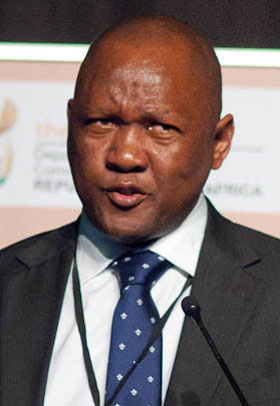
A consortium of South African investors led by Convergence Partners, and comprising Altirah Telecoms and the Convergence Partners Foundation, has disposed of its 25,1% interest in the New Dawn satellite joint venture to Intelsat.
The decision to sell the stake to Intelsat, which already held the remaining stake in the venture, comes after the satellite’s “west antenna reflector” failed to deploy after its launch in 2011. Following the sale, Intelsat is the sole owner and operator of the satellite.
New Dawn, which is stationed at the 33° east orbital slot, provides services in sub-Saharan Africa.
The value of the sale to Intelsat has not been disclosed.
“The New Dawn partnership was created to enable the parties to achieve specific objectives. The technical anomaly, which resulted in the non-deployment of one of the satellite’s reflectors, precluded us from fully realising our broader objectives,” says Convergence Partners chairman Andile Ngcaba.
A number of attempts were made to fix the problem with the satellite’s faulty antenna, including manoeuvres that used up precious on-board fuel, but to no avail. The east antenna reflector is fully functional.
The antenna that failed to deploy controls so-called C-band communication. C-band is used for bulk transmissions of the sort that fibre-optic cables allow between countries or continents. It’s also useful for applications like cellular backhaul.
The east antenna reflector that deployed successfully, meanwhile, operates on the Ku-band, which is useful for VSat networks that are often used to provide rural connectivity, for corporate networking where companies have offices in numerous regions and for content distribution and broadcasting.
With the project having cost in the region of US$250m, there was a great deal of motivation to get the C-band reflector functioning, too. To this end, attempts were made to make it deploy correctly, including changing which portions were in the sun and shade in the hopes that solar radiation would trigger deployment by causing different portions of the satellite to expand. However, these efforts proved unsuccessful. — (c) 2012 NewsCentral Media




